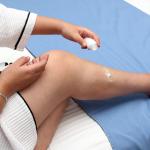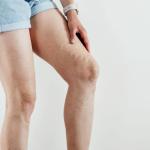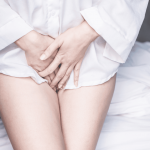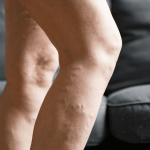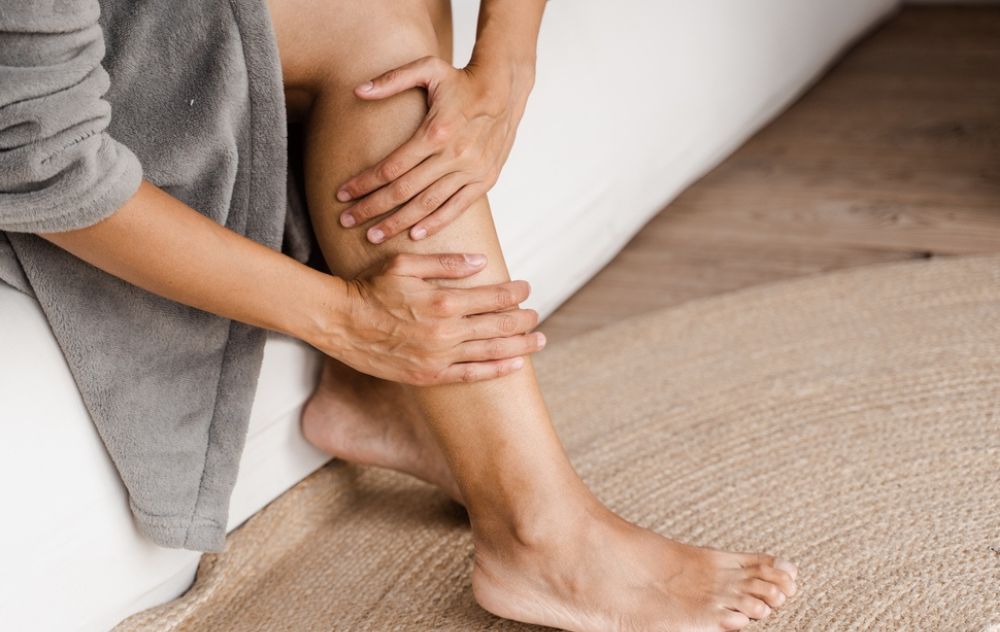
The first thing most people notice about varicose veins is not how they feel, but how they look. To put it lightly, they can be unsightly. Those bulging purple veins aren’t exactly something you wear proudly.
However, the appearance of these veins is not solely where your attention should lie. Rather, your concern should also be about what goes on beneath the surface — what the deeper meaning of these veins are.
Because these veins don’t just exist to look bad — they exist as a sign that something is not right and ought to be looked at.
How Do Varicose Veins Form?
There are a couple of different ways that varicose veins are formed. One of those ways is if, for some reason, your vein valves leak. The job of the valves is to prevent blood from pooling as your body sends it back up to your heart, and if the valves are damaged in some way, they are left unable to perform their function. This inability to play their major role leads to blood pooling, which can show up on the surface of your legs as varicose veins.
Another reason you may see varicose veins pop up is that your vein walls are weakened. This means that they can’t deal with the pressure of blood flowing through them, which causes the veins to swell and enlarge, and sometimes even twist.
If you see those purple veins on your legs (or anywhere else on your body), then it’s time you look further for other signs of vein disease, or meet with a vein specialist for an initial consultation.
Here Are Some Common Warning Signs of Vein Disease:
1. Swelling
Varicose veins can cause pressure in your veins to build up, which, as a result, leads to leakage in the tissue surrounding the damaged vein. This is evident in the form of swelling. Not only can this swelling be uncomfortable — your skin feels as if it’s getting stretched tighter and tighter — it can also be incredibly painful.
And, things can get even worse. If the swelling progresses too far, it can lead to fluid leakage from your legs. This is a major red flag that you should not ignore.
2. Hyperpigmentation
Red blood cells in the tissues of the leg cause chronic inflammation, and the skin becomes dark and discolored.
3. Lipodermosclerosis
When skin and fat under the skin become inflamed for an extended period, the tissue becomes woody and hard.
4. Infection
Swelling can increase the body’s susceptibility to infection. Infections that typically exist just on the surface of the skin can get into the body when you’re dealing with varicose vein swelling, which can result in skin infections.
5. Poor circulation
Varicose veins greatly affect your circulation. This is because your veins are unable to do their job properly of circulating blood through your body. Poor circulation can lead to physical exhaustion, swelling, pain, and other health issues.
6. Leg pain
There is no doubt that at some point, if your varicose veins are left untreated, you will suffer from pain. That pain can come in various forms — from itching to heat, burning, heaviness, and more. You may even find yourself suffering from restless leg syndrome.
7. Skin ulcers
When varicose veins cause your body’s tissue to swell, then the nutrients and oxygen required to help your body stay safe to have a more difficult time getting through. This can keep your body from properly healing, which can lead to serious venous ulcers. Venous ulcers are painful, difficult to heal, and when not appropriately treated can become infected. Sometimes, ulcers cannot be healed untilthe blood flow in the vein is corrected.
8. Venous ulcers
Chronic red blood cell & fluid leaking, inflammation, and tissue hardening can cause a venous leg ulcer. Venous ulcers are painful, difficult to heal, and when not appropriately treated can become infected. Sometimes, ulcers cannot be healed until the blood flow in the vein is corrected.
9. Superficial and deep vein thrombosis
Superficial vein thrombosis (SVT) is a type of blood clot in a vein just below the surface of the skin. SVT causes a firm, red, warm, tender spot where the vein is inflamed.
And, if you let things go even further, there is a possibility that your deep vein thrombosis (DVT) becomes fatal. A blood clot in your leg can break loose and travel through your body to your lungs, a condition known as a pulmonary embolism.
Relieve Cosmetic and Underlying Vein Disease Symptoms
If you believe your vein problems are merely cosmetic, we strongly recommend consulting a vein specialist, as there may be underlying issues that are not immediately apparent.
When it comes to your veins, you do not want to mess around. The longer you wait, the more problems build up, and the worse time you’ll have recovering from the issues. Thus, the best thing to do, at the first sign of vein issues, is to contact a vein specialist near you.

